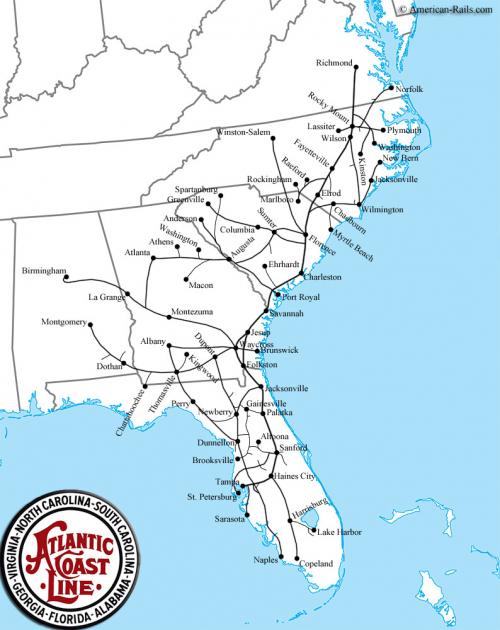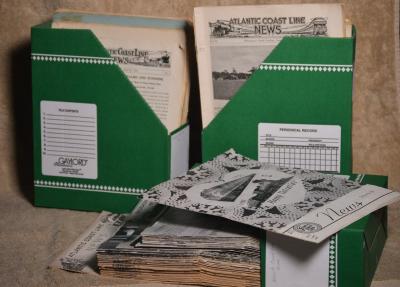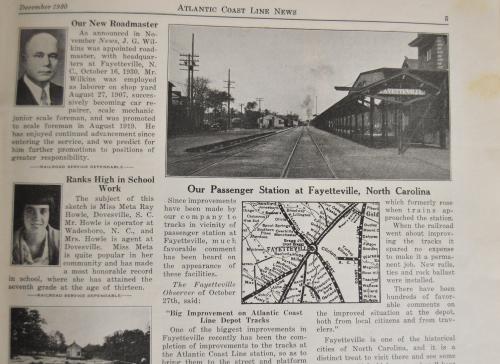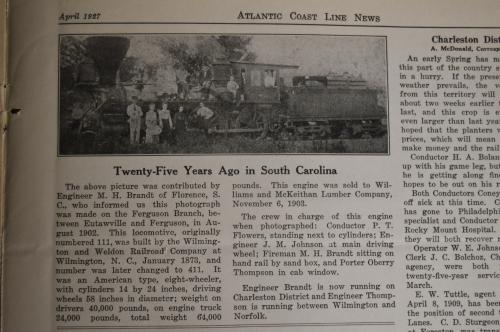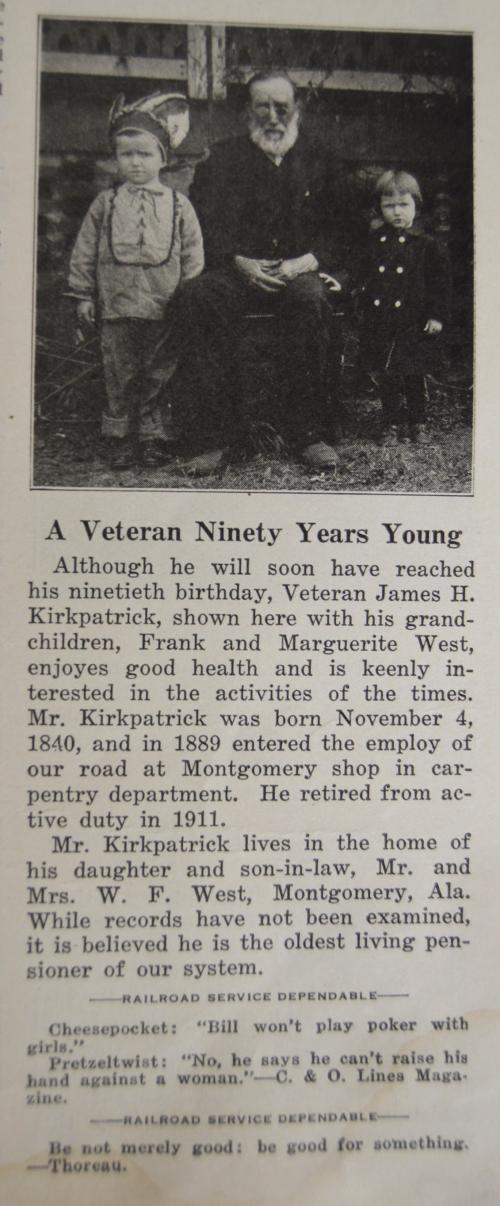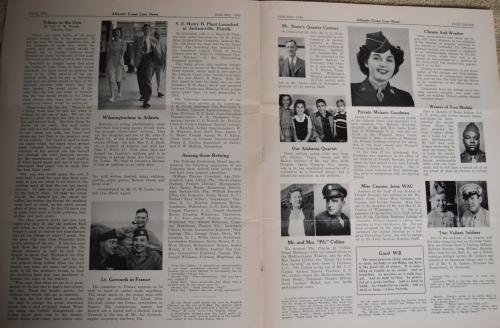The history of railroading in Florida is often told in terms of the giants, Henry Flagler, William Plant and the dozens of investors and politicians who created small and medium sized operations that evolved into the extensive networks that powered the state’s growth in the early and mid 1900’s.
That is another story.
For this story we zoom in on the Atlantic Coast Line, which came into existence in April, 1900 and at its peak stretched from Virginia to Alabama and Florida with thousands of miles of right of way, and thousands of workers.
In particular, we zoom in on the people, and the monthly magazine the company produced from 1920 to 1951 to celebrate those people and their contributions to the line; contributions that enabled the ACL to offer the fastest passenger service in the Southeast and kept the freight service profitable through the Great Depression and World War II. The complete run of that magazine is in the collection of the Library of Florida History. It is an incredible resource for railroad buffs, historians, genealogists and anyone who wants to get a real feel for American blue collar life in the mid-twentieth century.
Of course, the paper included major events for the railroad, such as the 1927 completion of a dual track bridge near Jacksonville. The display includes a picture of the construction crew and names the foreman. Note the crew contains white and black workers, with the whites sitting in front and the blacks standing in back in the photo.
The paper naturally included news from the entire area served by the line and was actually printed out of Wilmington, North Carolina. The editors were anxious to include stories from all over and invited readers to submit information.
The papers offer a look farther back than 1920 both with historical articles, and
stories about longtime employees and retirees.
Throughout its run, the ACL News focused on the people, the ticket office staff, the gandy dancers, the freight handlers, the car builders, the maintenance crews, the train crews; the men and, eventually, the women, who kept the trains on time.
When hundreds of them went to war, so did the railroad. And, the paper went along, too. There were stories of enlistments, and honors and, of course, less easy ones to read, about loss.
During the war the bulk of the railroad’s business, both passenger and freight, was connected to the military effort.
Times were changing.
Women were a growing part of the workforce, and they were not going back home. Steam power was giving way to diesel; passengers were switching to cars, freight to trucks. The golden era of the railroad was fading. ACL merged with the Seaboard Air Line (named for its straight land route, nor for airplanes) in the 1960’s, and in the 1980’s CSX took over.
Most of the rights of way have been abandoned, or converted to bike paths and running lanes. But, when you stop at a crossing for a passing freight, or hear a distant whistle in the night you are in the presence of a force that made Florida blossom.
